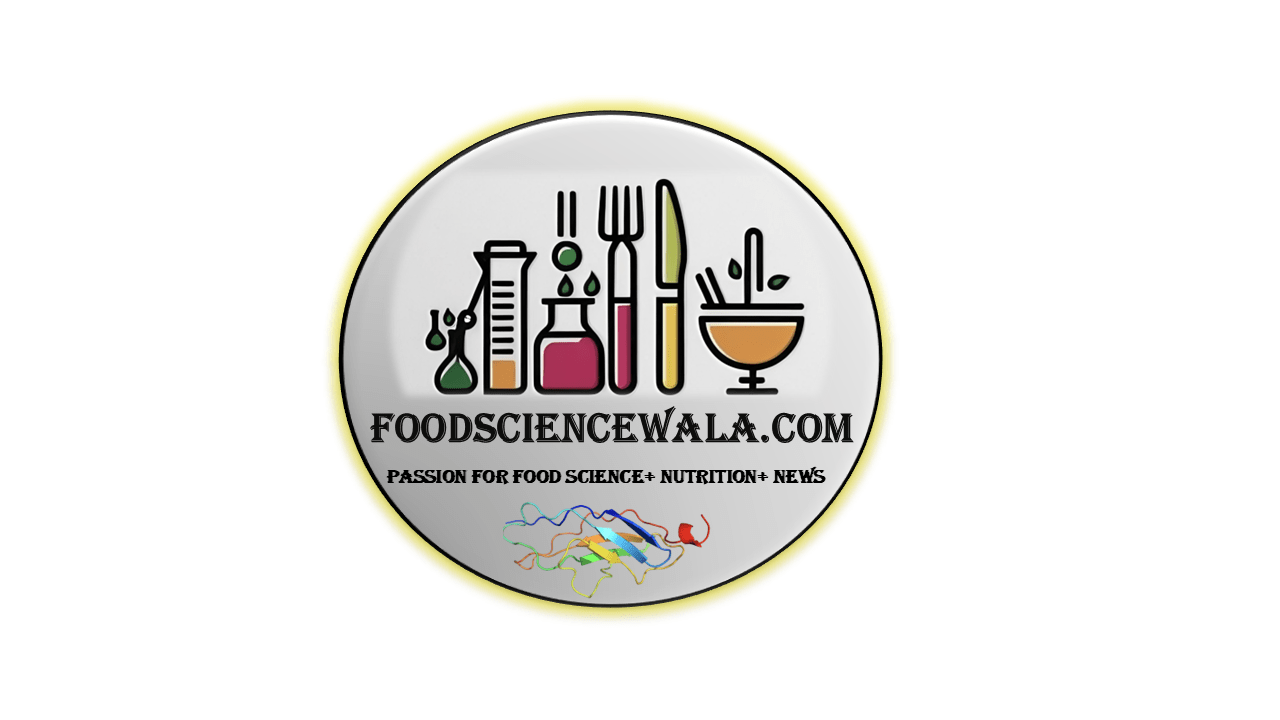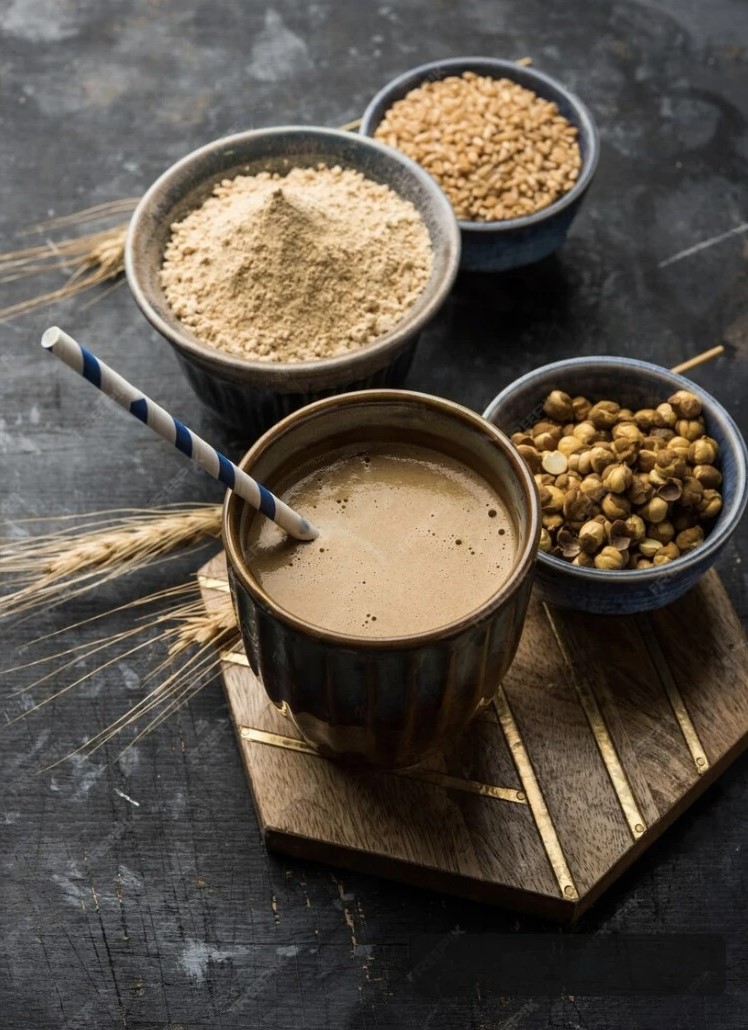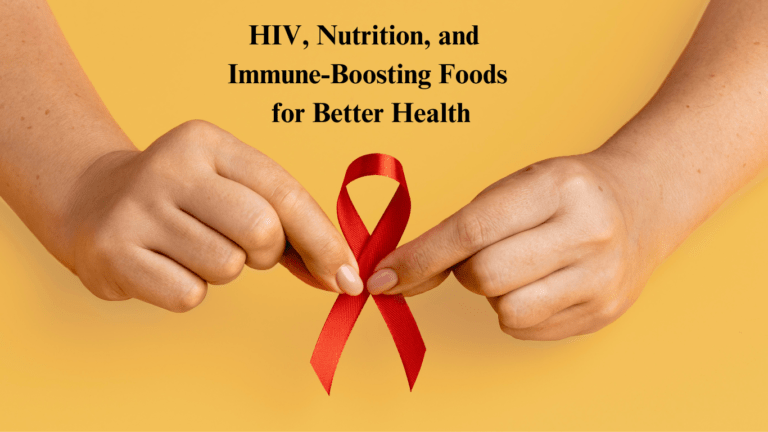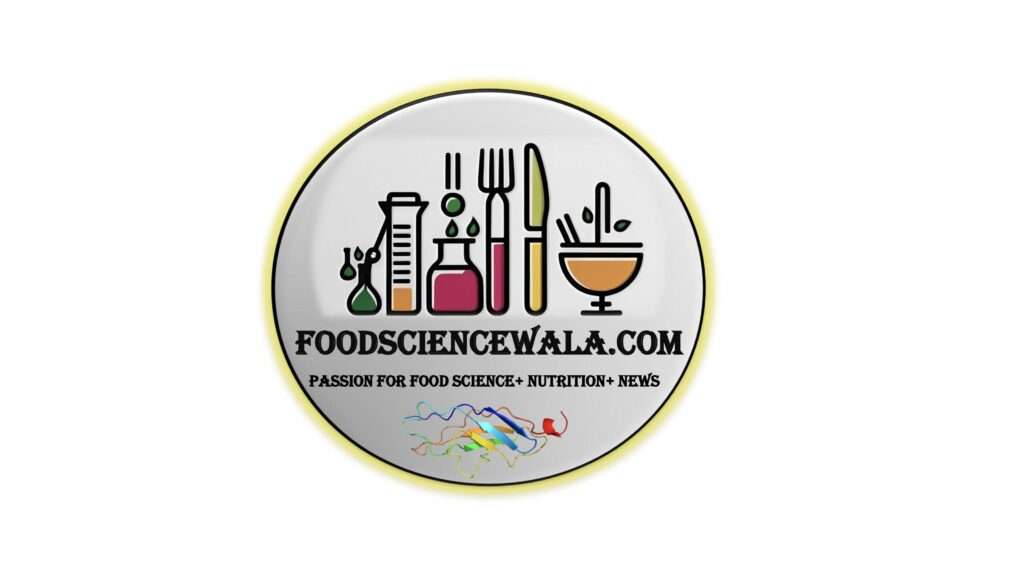Introduction:
According to the World Health Organization, India accounts for one-fifth of global deaths from cardiovascular diseases (CVDs), especially among younger people.
The Global Burden of Disease study reports that India has an age-adjusted CVD death rate of 272 per 100,000 people, which is significantly higher than the global average of 235. Additionally, Indians tend to develop heart diseases about ten years earlier than people in Western countries.
What is Heart Attack?
A heart attack, or myocardial infarction, occurs when blood flow to a part of the heart is suddenly blocked, cutting off its oxygen supply. Without oxygen, the affected heart muscle starts to get damaged, and if the blockage isn’t cleared quickly, the tissue may begin to die.
Science Behind that:
A heart attack occurs when blood flow to the heart is blocked, usually due to the buildup of fatty deposits called plaques in the coronary arteries. This condition, known as atherosclerosis, develops over time due to a combination of factors such as high cholesterol, high blood pressure, smoking, diabetes, and inflammation.

image source: National Heart, Lung and Blood Institute (NIH)
Formation of Plaque
Plaque develops in the following steps:
- Endothelial Damage – The inner lining of blood vessels (endothelium) is delicate and can be damaged by risk factors like high blood pressure, smoking, or excess cholesterol. Once damaged, the artery walls become rough, making it easier for fatty substances to stick.
- Cholesterol Deposition – Low-density lipoprotein (LDL cholesterol, often called “bad cholesterol”) enters the damaged artery wall and starts accumulating. This triggers an immune response, attracting white blood cells (macrophages) to absorb the LDL. Over time, these cells turn into foam cells, forming fatty streaks along the arteries.
- Plaque Growth and Hardening – As foam cells build up, they form a plaque that narrows the artery, restricting blood flow. The plaque also hardens due to the accumulation of calcium, making the arteries less flexible (a process called arterial calcification).
- Rupture and Clot Formation – Some plaques have a thin, weak outer layer that can rupture. When this happens, the body treats it as an injury and sends platelets to form a clot (thrombus). If the clot becomes too large, it can completely block the artery, cutting off oxygen to the heart muscle and causing a heart attack.
Why Heart Attacks Happen Suddenly
Although plaque buildup occurs gradually over years, a heart attack often happens suddenly due to plaque rupture. Certain conditions, such as stress, intense physical exertion, or high blood pressure, can increase the risk of rupture. Inflammation also plays a key role—when the immune system attacks the plaque, it can weaken its structure, making rupture more likely.
Four major conditions of heart disease
The cardiovascular system is made up of the heart and blood vessels. Various health issues can affect this system, such as infections like endocarditis, rheumatic heart disease, and electrical abnormalities in the heart’s conduction system.
The term cardiovascular disease (CVD) or heart disease mainly refers to four major conditions:
- Coronary Artery Disease (CAD) – Also called Coronary Heart Disease (CHD), this occurs when the heart muscle does not get enough blood supply due to narrowed or blocked arteries. It can lead to chest pain (angina), heart attacks (myocardial infarction), and even heart failure. CAD is one of the most common types of heart disease.
- Cerebrovascular Disease – This includes stroke and transient ischemic attacks (TIAs or “mini-strokes”), which happen when blood flow to the brain is reduced or blocked, leading to potential brain damage.
- Peripheral Artery Disease (PAD) – This condition affects blood flow to the limbs, especially the legs, causing symptoms like pain or cramping (claudication) while walking.
- Aortic Atherosclerosis – This occurs when fatty deposits build up in the walls of the aorta (the body’s main artery), increasing the risk of dangerous bulges (aneurysms) in the chest or abdomen, which can rupture if left untreated.
These conditions are major causes of heart-related illnesses and can often be prevented with a healthy lifestyle, regular check-ups, and proper medical care.
Heart Attack Symptoms:
If you are having a heart attack, you may experience one or more of the following symptoms:
- Chest Pain or Discomfort – A feeling of pressure, heaviness, or tightness in the center or left side of the chest. This is the most common symptom.
- Pain in Other Areas – Discomfort or pain in one or both arms, back, shoulders, neck, jaw, or even above the stomach.
- Shortness of Breath – Difficulty breathing, even while resting or with minimal activity. This is more common in older adults.
- Excessive Sweating – Breaking out in a cold sweat without any clear reason.
- Unusual Fatigue – Feeling extremely tired for no apparent reason, sometimes for days before the heart attack. This is more common in women.
- Nausea and Vomiting – A feeling of sickness in the stomach, sometimes leading to vomiting.
- Dizziness or Lightheadedness – A sudden sensation of dizziness or feeling like you might faint.
- Irregular or Fast Heartbeat – A racing, fluttering, or uneven heartbeat.
Emergency Treatment for a Heart Attack
If you have a heart attack, emergency treatment is needed right away. This often includes medications and oxygen therapy to restore blood flow and prevent further damage.
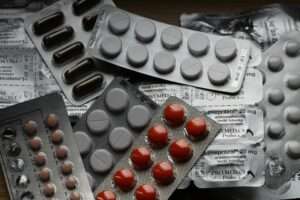
image source: pixabay
Medications Used in Emergency Treatment
- Aspirin and Other Blood Thinners – These medicines help prevent new blood clots from forming, reducing the risk of further blockages. However, in some people, aspirin can cause stomach bleeding.
- Nitroglycerin (Nitrates) – This medicine helps relax blood vessels, making it easier for the heart to pump blood. It also improves blood flow in the coronary arteries and helps relieve chest pain. Possible side effects include nausea, vomiting, weakness, slow heartbeat, and low blood pressure.
- Clot-Busting Medicines (Thrombolytics) – These medications help break down blood clots that are blocking the arteries. They are usually given if a patient cannot reach a hospital in time for a procedure to open the blocked artery. These medicines may cause bleeding as a side effect.
Oxygen Therapy
Oxygen therapy provides extra oxygen to help your body when your blood oxygen levels are too low. It can be given through:
- A tube placed under the nose
- A face mask
- A breathing tube inserted into the windpipe
Oxygen therapy can be used for a short or long time in hospitals, medical centers, or even at home. While generally safe, it can cause mild side effects like a dry or bloody nose, tiredness, and morning headaches.
It’s important to avoid smoking or using flammable materials when using oxygen, as it poses a fire risk.
Why Immediate Treatment Matters
Quick treatment during a heart attack can save your life and reduce long-term damage to your heart. If you or someone around you experiences heart attack symptoms, seek emergency medical help immediately.
LDL vs. HDL Cholesterol: Understanding the Good and Bad Cholesterol
Cholesterol is a type of fat that travels through the bloodstream with the help of lipoproteins. There are two main types:
LDL Cholesterol (Bad Cholesterol)
- LDL (Low-Density Lipoprotein) is often called “bad” cholesterol because high levels can lead to plaque buildup in the arteries.
- This buildup can narrow or block blood vessels, increasing the risk of heart disease and stroke.
- Eating too many saturated fats, processed foods, and not exercising can raise LDL cholesterol levels.
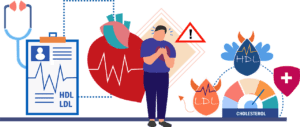
image source: pixabay
HDL Cholesterol (Good Cholesterol)
- HDL (High-Density Lipoprotein) is known as “good” cholesterol because it helps remove excess cholesterol from the bloodstream.
- It carries cholesterol back to the liver, where it is broken down and removed from the body.
- Higher HDL levels can lower the risk of heart disease and stroke.
Understanding Total Cholesterol and Healthy Levels
When you get a cholesterol test, the results will show your total cholesterol level, which is the total amount of cholesterol in your blood. Having high total cholesterol can increase the risk of heart disease.
What is Hypercholesterolemia?
Hypercholesterolemia is a condition where cholesterol levels, especially LDL (bad) cholesterol, are higher than the recommended limits. Doctors measure cholesterol in two units:
- Milligrams per deciliter (mg/dL)
- Millimoles per liter (mmol/L)
Healthy Cholesterol Levels
To maintain good heart health, your cholesterol should be within the following limits:
- Total Cholesterol – Below 200 mg/dL (5.2 mmol/L)
- LDL (Bad) Cholesterol – Below 130 mg/dL (3.4 mmol/L)
- HDL (Good) Cholesterol – Above 40 mg/dL (1 mmol/L) for men and 50 mg/dL (1.3 mmol/L) for women
Heart-Healthy Diet Plan for Cardiovascular Disease (CVD) Patients
- A well-balanced diet is essential for managing cardiovascular disease (CVD) and reducing the risk of heart-related complications.
- Research highlights that dietary patterns, specific food choices, and nutritional supplements play a crucial role in improving heart health. A heart-friendly diet should focus on reducing saturated fats, trans fats, and sodium, while increasing fiber, healthy fats, lean proteins, and essential nutrients.
- One of the best dietary approaches for heart health is the Mediterranean Diet, which is rich in healthy fats, whole grains, lean proteins, and fresh fruits and vegetables. It emphasizes the consumption of olive oil, nuts, seeds, legumes, and fatty fish while limiting red meat and processed foods.
- Another highly recommended plan is the DASH (Dietary Approaches to Stop Hypertension) Diet, which focuses on reducing sodium intake and increasing potassium, calcium, and magnesium through foods like leafy greens, whole grains, low-fat dairy, and lean proteins. Both diets have been proven to lower blood pressure, reduce cholesterol levels, and decrease the risk of heart disease.
- For a CVD-friendly diet, incorporating whole grains like oats, brown rice, quinoa, and whole wheat is essential, as they provide dietary fiber that helps lower bad cholesterol (LDL). Vegetables and fruits should make up a large portion of daily meals, as they are rich in vitamins, antioxidants, and fiber, which protect the heart and improve overall health. Nuts, especially walnuts and almonds, contain healthy fats and plant sterols that help lower cholesterol levels.

image source: pixabay
Legumes such as lentils, beans, and chickpeas are excellent sources of plant-based protein and fiber, supporting heart health. Dairy products should be consumed in low-fat or fat-free forms, as high-fat dairy can contribute to cholesterol buildup.
Healthy fats play a crucial role in heart health. It is important to choose monounsaturated and polyunsaturated fats found in olive oil, avocado, and fatty fish like salmon, mackerel, and sardines, which are rich in omega-3 fatty acids that help reduce inflammation and improve heart function.
Avoiding trans fats and excessive saturated fats found in processed and fried foods is necessary to maintain healthy cholesterol levels. Salt intake should be minimized to manage blood pressure, and herbs and spices can be used instead to enhance flavors without adding sodium.
Hydration is equally important, and water should be the primary beverage. Sugary drinks and excessive caffeine should be avoided, as they can contribute to high blood pressure and other heart-related issues.
Green tea, known for its antioxidant properties, can be a healthier alternative. Moderate alcohol consumption, particularly red wine, has been linked to heart health benefits, but it should be consumed in limited amounts and only by individuals who already drink alcohol.
Following a heart-healthy diet, along with regular physical activity, stress management, and medical check-ups, can significantly reduce the risk of cardiovascular disease and improve overall well-being.
Making long-term lifestyle changes by adopting a nutrient-rich, balanced diet will help manage cholesterol, blood pressure, and heart function effectively, leading to a healthier heart and a longer life.
References:
- https://www.sciencedirect.com/science/article/abs/pii/S0377123719301339
- https://www.nhlbi.nih.gov/health/heart-attack/symptoms
- https://www.nhlbi.nih.gov/health/heart-attack/treatment
- https://www.ncbi.nlm.nih.gov/books/NBK279318/
- https://www.ncbi.nlm.nih.gov/books/NBK279318/
- https://www.mdpi.com/2072-6643/5/9/3646
